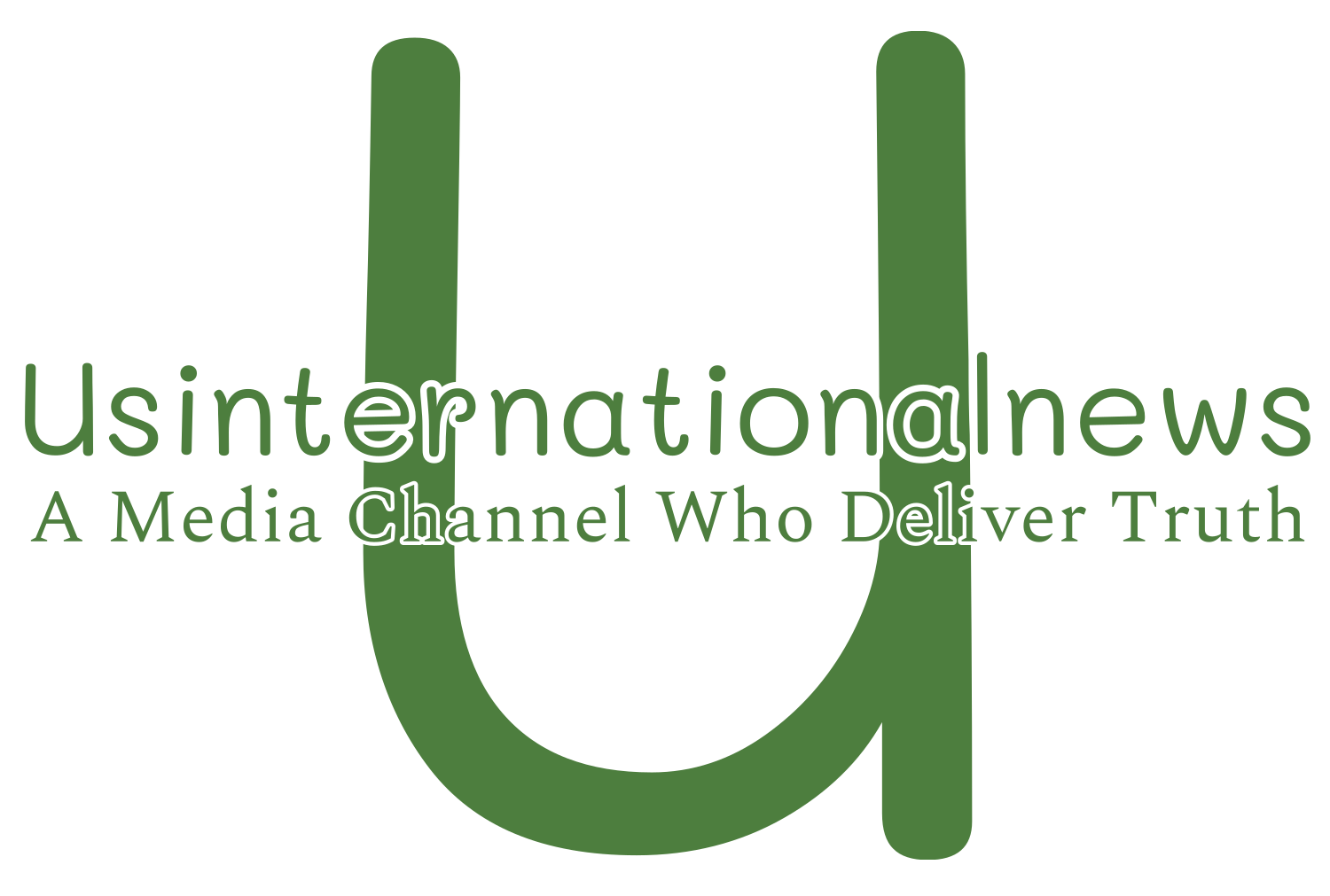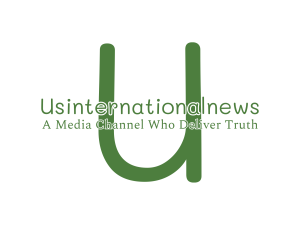On Thursday, Pakistani voters will cast their ballots under a severe economic crisis. The percentage of people living below the poverty line is around 40%, the rate of inflation is currently around 30%, and the debt-to-GDP ratio has increased to 72%. These, together with an aging public infrastructure, will be challenges for Pakistan’s incoming government.
“We experience two-hour power outages every day,” claims Islamabad janitor Muhammad Waqas. “You sit around doing nothing and getting sick in the summer.”
Similar to other state-owned businesses, Pakistan’s National Transmission and Despatch Company is vulnerable to failure since it has not been able to attract investment from succeeding administrations.
More recently, Pakistan’s growth prospects were hampered by the COVID-19 epidemic and problems with the electricity supply, which also limited the country’s ability to shift its export base from low-value goods like rice and cotton to higher-value commodities.
Meanwhile, monsoon floods in late 2022 caused $30 billion in damage and eight million people to be evacuated from their homes. The nation’s textile industry, a major source of exports, was severely damaged by the loss of cotton crops. Pakistan’s growth rate most likely entered negative territory in 2023.
Pakistan constantly reports significant trade deficits since a big portion of its food and gasoline are imported. Due in part to high commodity prices, foreign exchange reserves decreased to less than one month’s worth of imports in May of last year, which resulted in shortages of essential supplies.
The month later, Islamabad just missed going into default when it obtained a $3 billion loan from the IMF, its 23rd financing program since 1958. But the loan package included contentious measures and tight requirements.
The government agreed to put additional tariffs on its struggling electricity industry as part of the agreement. Additionally, it consented to reduce utility subsidies, which sharply increased the cost of electricity and disproportionately affected lower-class people.
As part of an ongoing IMF program, Pakistan’s central bank decided to liberalize the country’s currency rate at the beginning of the year, which led to an increase in inflation that reached nearly thirty percent in December. The value of the currency decreased precipitously after exchange regulations were removed.
The worst-performing currency in Asia in 2023 was the Pakistani rupee, which lost almost 20% of its value in relation to the US dollar. “We believe that the rupee will continue to trend downward,” Fitch Ratings director Krisjanis Krustins stated. “This will reduce Pakistan’s current account deficit by compressing import levels and raising the price of goods from abroad.”
The State Bank of Pakistan reports that in December of last year, the nation had a $397 million balance of payments surplus.
According to Krustins, Pakistan’s imports of products decreased by 27% in the previous year, as reported by Al Jazeera. In terms of exports, inadequate infrastructure and a lack of human resources continue to be barriers. In other words, the economy has been negatively impacted by trade account corrections.
The official unemployment rate reached a record high of 8.5 percent due to recent job losses, pushing an additional 8.4 to 9.1 million people into poverty.
“Structural problems”
Separately, Tariq Banuri, an economics professor at the University of Utah, claims that Pakistan has always suffered from “structural issues.”
First of all, Pakistan’s population is growing too quickly for the country to be able to absorb its growth rate. It performs among the poorest in the world when it comes to tax collecting. Owners of agricultural land are exempt from income taxes.
First of all, Pakistan’s population is growing too quickly for the country to be able to absorb its growth rate. It performs among the poorest in the world when it comes to tax collecting. Real estate owners are not subject to capital gains tax, and landowners in agriculture are not subject to income tax.
According to Banuri, governments have refrained from enacting strict tax laws out of concern for the interests of influential corporations. “Nevertheless, given the debt situation, that might change this year,” he continued.
Islamabad has a significant debt load and ongoing budget deficits as a result of its inability to increase tax collections and modernize state-owned businesses. The total amount of external debt as of previous year was $125.7 billion.
By the end of June, Pakistan will have to repay $24.6 billion in external debt, the majority of which is owed to China.
China is the biggest bilateral lender to Pakistan, having approved the repayment of $2.4 billion in loans in the previous year. The present IMF agreement expires in April, and many economists predict that the incoming government would attempt to gain longer-term support from the organization.
Yousuf Farooq, director of research at Chase Securities, states that “further fiscal consolidation is unlikely” in light of the reductions in public spending made last year. “The Fund will likely target affluent segments of society in its efforts to extract additional conditions.”
“Even if the next administration is able to secure another IMF loan, it will find it difficult to pay it back unless it implements more taxes on real estate and agricultural. I’m optimistic about the short-term debt reduction if it can also extend short-term contracts with longer repayment terms. HeMeanwhile, worries about security along the Pakistan-Afghanistan border continue to impede international investment. Following the Taliban’s 2021 comeback to power in Kabul, Islamabad has charged its neighbor with providing sanctuary to fighters who launch attacks on its territory.
Crisis in politics
Pakistan’s economic growth is also under jeopardy from a developing political crisis. Since Imran Khan was removed from office as prime minister in April 2022, a caretaker administration has been in charge of Islamabad’s shaky democracy.
Since Khan is not listed on the ballot, there have been doubts raised about the validity of the elections held on February 8. Charges of corruption have him incarcerated. Khan has the highest approval rating of any politician at 57%, even though he is not eligible to run.
Right now, the leader of the Pakistan Muslim League, Nawaz (PMLN), is the front-runner. In the previous three decades, Sharif’s PMLN has come to power four times, each time under the leadership of his brother Shehbaz Sharif.
The Supreme Court severely damaged Khan’s Pakistan Tehreek-e-Insaf (PTI) campaign earlier this month by outlawing the use of a cricket bat as the party’s emblem. This is a major blow in a nation where millions of voters lack literacy and only recognize political candidates by their party emblems.
The economics expert Banuri believes that “people are right to criticize Pakistan’s political system, which is extractive and dynastic.” Nevertheless, I still have optimism in me. I believe that the worst of the financial crisis is over.
“Although I constantly aspire for a brighter tomorrow than today, I don’t think the major political parties will provide significant reform. He continued, “They appear to be significantly more focused on gaining power.








